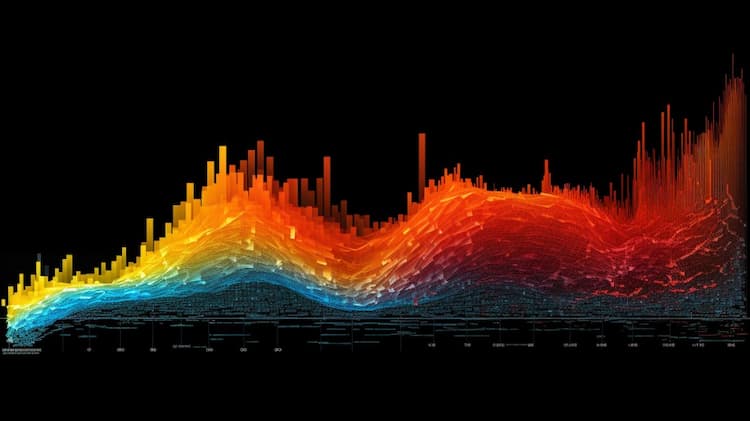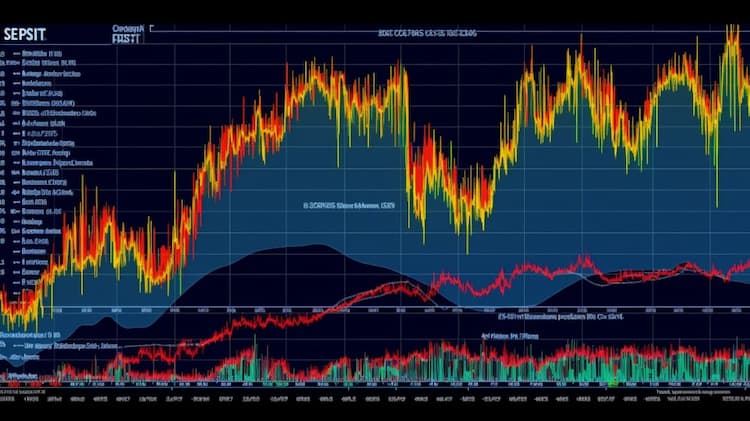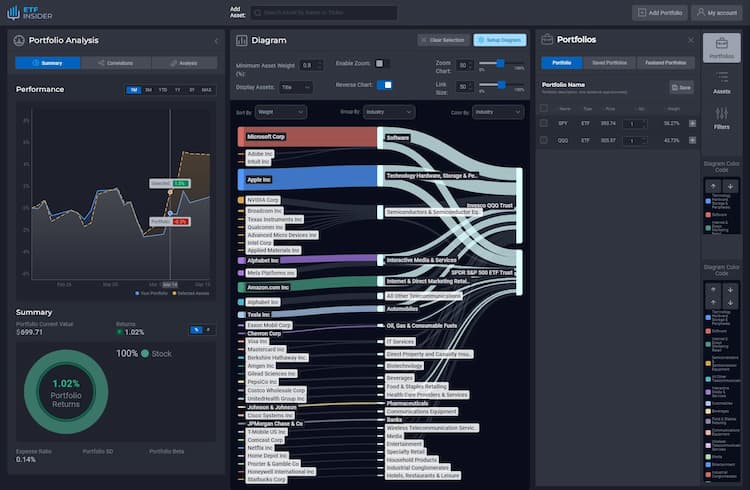
IYF VS QABA
Exchange-Traded Funds (ETFs) have become an integral part of modern investment strategies, offering diversified exposure to a wide range of sectors and asset classes. In this article, we will undertake a thorough comparison between two prominent ETFs: IYF (iShares U.S. Financials ETF) and QABA (First Trust NASDAQ ABA Community Bank ETF). Our exploration will encompass various dimensions, including ETF tickers, full names, issuers, sectors, top holdings, capitalization, strategy, tracking, and exposure.
IYF Vs QABA: Overview
IYF and QABA are two ETFs that operate within the financial sector. While both are designed to provide exposure to financial companies, their specific focuses and underlying holdings differentiate them. IYF primarily tracks large U.S. financial institutions, while QABA concentrates on community banks and smaller financial entities. The divergence in these strategies will be elaborated upon in subsequent sections.
IYF Vs QABA: Sectors and Top Holdings
The IYF ETF is centered around major financial conglomerates such as JPMorgan Chase, Berkshire Hathaway, and Bank of America. On the other hand, QABA's holdings include a selection of community banks like Independent Bank Group, S&T Bancorp, and Byline Bancorp. An examination of sectors and top holdings is crucial for investors aiming to align their portfolios with their investment goals and risk preferences.
 IYF overlap IYF VS QABA
IYF overlap IYF VS QABA
IYF Vs QABA: Capitalization and Strategy
IYF boasts a substantial asset under management (AUM), indicative of its popularity among investors seeking exposure to established financial giants. QABA, with its emphasis on community banks, offers a different avenue for investors looking to capitalize on localized financial institutions. The variance in capitalization and strategy between these ETFs presents distinct potential returns and risks, necessitating careful evaluation.
IYF Vs QABA: Tracking and Exposure
The IYF ETF seeks to replicate the performance of the Dow Jones U.S. Financials Index, encompassing a broad spectrum of financial firms. QABA, on the other hand, targets the performance of the NASDAQ OMX ABA Community Bank Index, tailored to the dynamics of community banks. Understanding the differing tracking and exposure mechanisms empowers investors to make informed decisions based on their investment objectives.
Conclusion
In the realm of ETFs, IYF and QABA stand as distinct options for investors seeking exposure to the financial sector. Each ETF caters to a specific segment of the financial industry, providing avenues for diversification and targeted investment strategies. For those delving deeper into the intricacies of holdings, correlations, overlaps, and insightful data, the ETF Insider serves as an indispensable tool. Through its user-friendly application, it furnishes comprehensive information about these financial instruments and beyond.
Disclaimer: This article is intended solely for informational purposes and does not offer any investment advisory services.
Sources:
https://www.nyse.com/index IYF ETF issuer
https://www.nyse.com/quote/ARCX:IYF IYF ETF official page
IYF quote and analysis
Discover the top holdings, correlations, and overlaps of ETFs using our visualization tool.
Our app allows you to build and track your portfolio.
To learn more about the IYF iShares U.S. Financials ETF, access our dedicated page now.
FAQ
Why is IYF better than QABA?
IYF may be considered better than QABA for some investors due to its specific focus, offering diversification.
Does QABA beat IYF?
QABA's performance relative to IYF will vary over time, depending on market conditions.
Should I invest in IYF or QABA?
The choice between IYF and QABA should align with your investment goals, risk tolerance, and desired exposure.
Are IYF and QABA good investments?
Both IYF and QABA can be suitable investments depending on individual investment strategies, goals, and risk profiles.
What is the correlation between IYF and QABA?
The correlation between IYF and QABA can vary over time, reflecting differences in performance.













